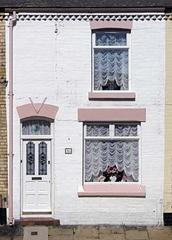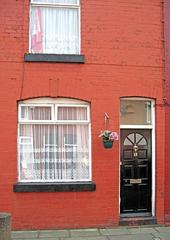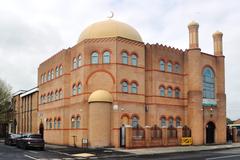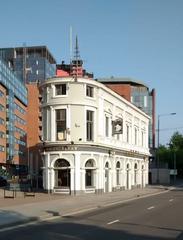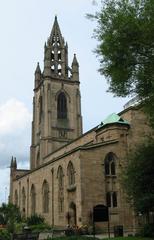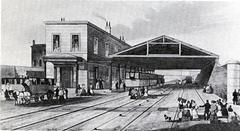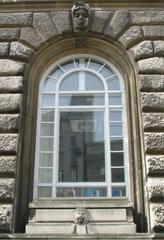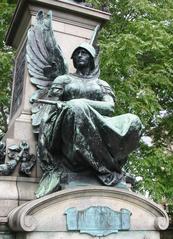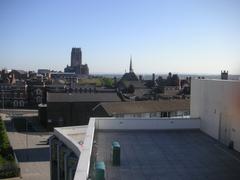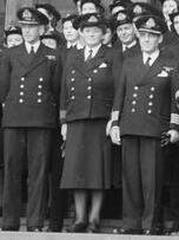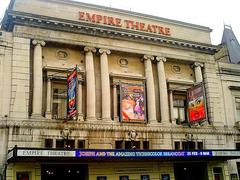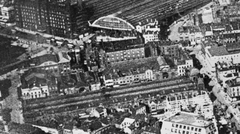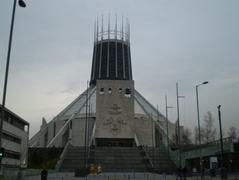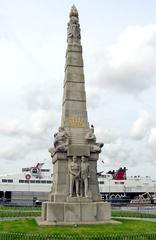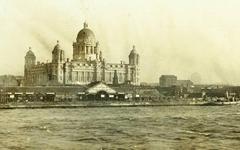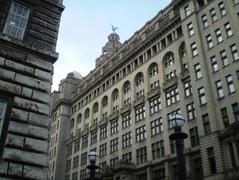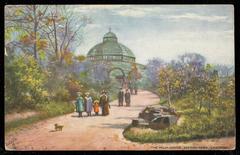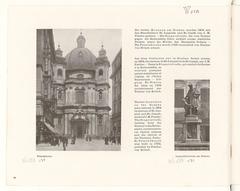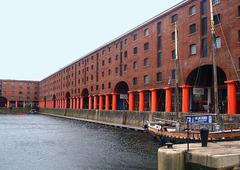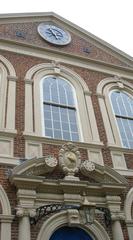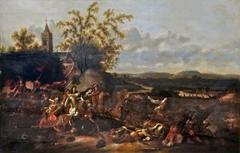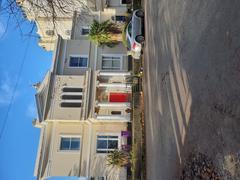
St Peter’s Church Liverpool: Visiting Hours, Tickets, and History Guide
Date: 04/07/2025
Introduction
St Peter’s Church Liverpool, though no longer standing, remains a significant thread in the city’s rich historical and cultural fabric. Originally built in the early 18th century as Liverpool’s first major Anglican church after the Reformation, it was central to the city’s religious and civic life for more than two centuries. Its legacy persists today through subtle memorials, archival records, and the stories woven into Liverpool’s urban landscape. This guide explores the church’s fascinating history, architectural details, and the ways in which visitors can connect with its enduring memory, while also highlighting related St Peter’s sites that further enrich Liverpool’s heritage (Wikipedia; LiverpoolWorld; St Peter’s Woolton Heritage; St Peter’s Tavern).
Table of Contents
- Historical Overview of St Peter’s Church Liverpool
- Architecture and Features
- Role in Liverpool’s Social and Religious Life
- Demolition and Urban Transformation
- Remnants and Memorials Today
- Visitor Experience & Practical Information
- Frequently Asked Questions (FAQ)
- St Peter’s Church Woolton: History and Visitor Guide
- St Peter’s Tavern: A Church Turned Pub
- Summary and Visitor Tips
- References and Further Reading
Historical Overview of St Peter’s Church Liverpool
Founded in 1700 and consecrated in 1704, St Peter’s Church was the first major Anglican church built in Liverpool following the English Reformation (Wikipedia). The church quickly became a focal point for Liverpool’s growing population, reflecting the city’s evolution into a major port and urban centre. Hosting significant events—such as Liverpool’s first performance of Handel’s Messiah and the enthronement of J.C. Ryle as the first Bishop of Liverpool in 1880—St Peter’s was elevated to pro-cathedral status, underlining its centrality in the city’s spiritual hierarchy.
As Liverpool expanded in the early 20th century, the construction of the grand Liverpool Cathedral rendered St Peter’s obsolete. The church’s final service was held in 1919, and by 1922, it was demolished to enable the widening of Church Street and subsequent commercial development (LiverpoolWorld).
Architecture and Features
Designed by John Moffat, St Peter’s Church was notable for its 108-foot tower with an octagonal upper section and a peal of ten bells (Wikipedia). The architectural style was eclectic, with each doorway uniquely crafted, a reflection of evolving tastes and resources over time.
Internally, the church featured an oak altar, a stained glass window of Saint Peter at the eastern end, a substantial organ at the west, and a churchyard that hosted weekly markets until 1760. The church clock was famously among the first in Liverpool to be gas-lit in 1831 (LAN OPC).
Role in Liverpool’s Social and Religious Life
Serving as both a parish church and, later, a pro-cathedral, St Peter’s was integral to Liverpool’s Anglican community for over two centuries. It was the site of thousands of baptisms, marriages, and burials, with its graveyard relocated to Anfield Cemetery in the late 19th century to accommodate urban changes. The church also played host to major civic ceremonies, including Liverpool’s largest memorial service for Queen Victoria in 1901 (LAN OPC).
Demolition and Urban Transformation
St Peter’s Church was demolished in 1922 as part of Liverpool’s transition into a modern city. Its removal enabled the widening of Church Street and the construction of a Woolworths store, symbolizing both the city’s growth and the changing role of religious institutions in urban life (Wikipedia; LiverpoolWorld).
Remnants and Memorials Today
Although the church is gone, several poignant markers keep its memory alive:
- Brass Maltese Cross: Embedded in the pavement near Keys Court and Liverpool ONE, this cross marks the approximate site of the church’s entrance (Historic Liverpool; LiverpoolWorld).
- Street Names: Church Street, Church Alley, and Peter’s Lane all reference the church’s historical presence. Keys Court features a carving of the “Keys of St Peter” (Independent Liverpool).
- Archival Records: Parish registers and other documents are available at the Liverpool Records Office, invaluable for historical or genealogical research (Wikipedia).
Visitor Experience & Practical Information
How to Visit
- Physical Site: The original site is now a bustling commercial area. The brass Maltese cross can be visited at any time; the area is fully pedestrianized and accessible.
- Archival Research: Access parish records at the Liverpool Records Office.
- Interpretation: Walking tours of Liverpool’s city centre often include Church Street and its ecclesiastical history.
Accessibility
- Church Street is pedestrian-friendly and suitable for those with mobility needs.
- Nearby amenities include shops, cafes, and public transport.
Tickets and Hours
- No tickets or entry fees are required to visit the site or memorials.
Frequently Asked Questions (FAQ)
Can I visit St Peter’s Church Liverpool?
No, the church was demolished in 1922; however, you can visit its former location, marked by the Maltese cross.
Are there guided tours?
While there are no tours dedicated solely to St Peter’s, many city walking tours highlight its historic site.
Where can I find church records?
Records are held at the Liverpool Records Office.
Are there other St Peter’s sites in Liverpool?
Yes, including St Peter’s Church Woolton and St Peter’s Tavern, both detailed below.
St Peter’s Church Woolton: History and Visitor Guide
Overview
St Peter’s Church Woolton is a living heritage site, celebrated for its stunning Perpendicular Gothic architecture and its world-renowned association with The Beatles—John Lennon and Paul McCartney first met here in 1957 (Wikipedia; St Peter’s Woolton Heritage).
History and Features
- Origins: Built in 1887, designed by Grayson and Ould, replacing an earlier chapel from 1826.
- Architecture: Constructed of local red sandstone, it features a 90-foot bell tower, hammerbeam nave roof, and stained glass by Charles E. Kempe.
- Beatles Connection: The churchyard contains the gravestone of Eleanor Rigby and is the site where John Lennon met Paul McCartney (St Peter’s Heritage PDF).
- Community Role: The church remains an active parish, hosting regular services and community events.
Visitor Information
- Location: Church Road, Woolton, Liverpool, L25 6DA
- Opening Hours: Monday–Saturday, 10:00 am–4:00 pm; Sunday during services (St Peter’s Church Official Site)
- Admission: Free; donations welcome.
- Tours: Self-guided maps available (Self-Guided Tours).
- Accessibility: Step-free entrance and accessible facilities.
St Peter’s Tavern: A Church Turned Pub
Historical Background
Located on Seel Street, St Peter’s Tavern occupies the former St Peter’s Roman Catholic Church, dating to 1788. After ceasing as a Catholic church in 1976 and a brief tenure serving Liverpool’s Polish community, the building was transformed into a pub, now renowned for its blend of heritage architecture and contemporary hospitality (St Peter’s Tavern; Liverpool Echo).
Features and Experience
- Architecture: Grade II listed, with preserved altar, stained glass, and king post roof.
- Atmosphere: Spread over four levels, with three bars and two beer gardens, offering both lively and relaxed settings.
- Food & Drink: Wide range of cask ales, craft beers, and classic pub fare.
- Events: The venue hosts live sports, music, and private events.
- Accessibility: Main areas are accessible; some upper levels are stair-only.
Visitor Information
- Location: Seel Street, Liverpool, L1 4BH
- Opening Hours: Monday–Wednesday: 12:00 pm–1:30 am; Thursday–Friday: 12:00 pm–2:30 am; Saturday: 11:00 am–2:30 am; Sunday: 11:00 am–1:30 am (St Peter’s Tavern)
- Admission: Free; no tickets required.
- Tips: Visit during quieter hours for heritage appreciation or evenings for vibrant social scenes.
Summary and Visitor Tips
St Peter’s Church Liverpool, while physically absent, leaves an indelible mark on the city’s identity. Its story—spanning from 18th-century origins to pro-cathedral status and eventual demolition—mirrors Liverpool’s own transformation. Visitors can connect with this history through the Maltese cross on Church Street, local street names, and archival research.
Complementing this legacy are St Peter’s Church Woolton, a living parish and Beatles landmark, and St Peter’s Tavern, an innovative conversion of a historic church into a thriving pub. Together, these sites offer a comprehensive exploration of Liverpool’s spiritual, social, and cultural evolution.
For the best experience:
- Seek out physical memorials and street names around Church Street.
- Visit St Peter’s Church Woolton for architectural splendour and Beatles history.
- Enjoy the unique atmosphere at St Peter’s Tavern and ask staff about the building’s past.
- Use local resources, walking tours, and the Audiala app for enhanced insights.
References and Further Reading
- Wikipedia: St Peter’s Church, Liverpool
- LiverpoolWorld: 300 Years of Liverpool Church Street History
- St Peter’s Woolton Heritage
- St Peter’s Tavern
- Historic Liverpool: Church Street Cross
- Independent Liverpool: Where’s the Church on Church Street?
- LAN OPC: St Peter’s Parish Records
- St Peter’s Church Woolton Official Site

